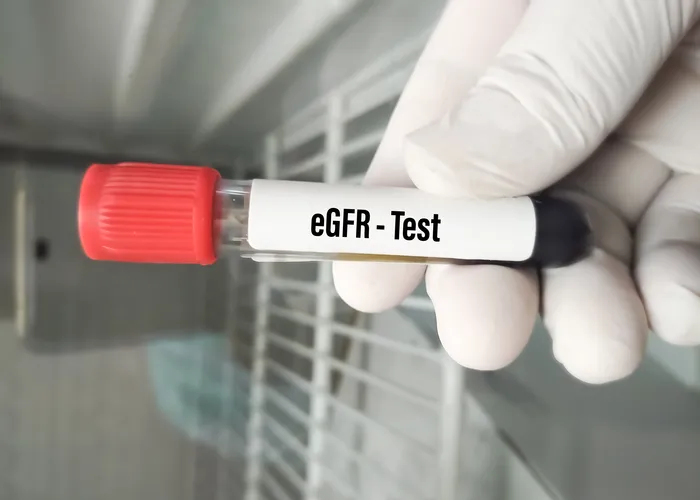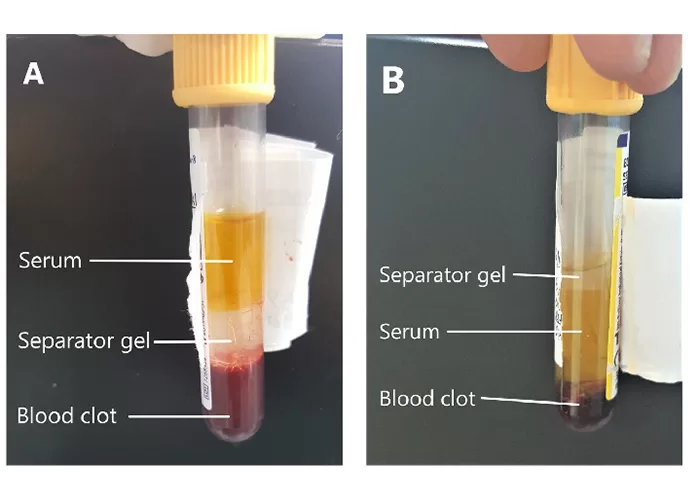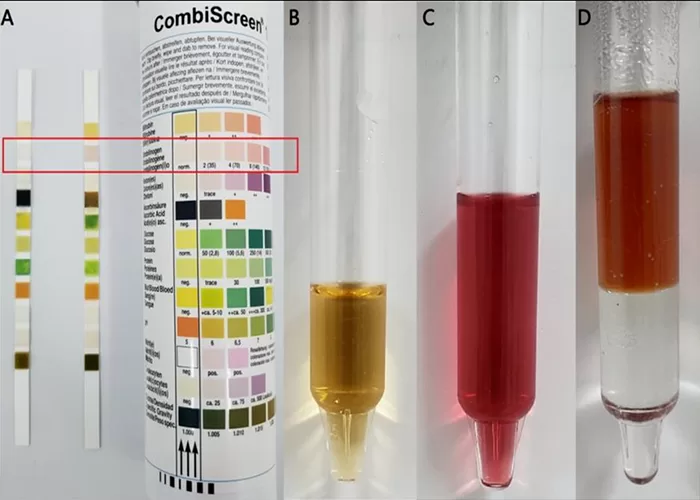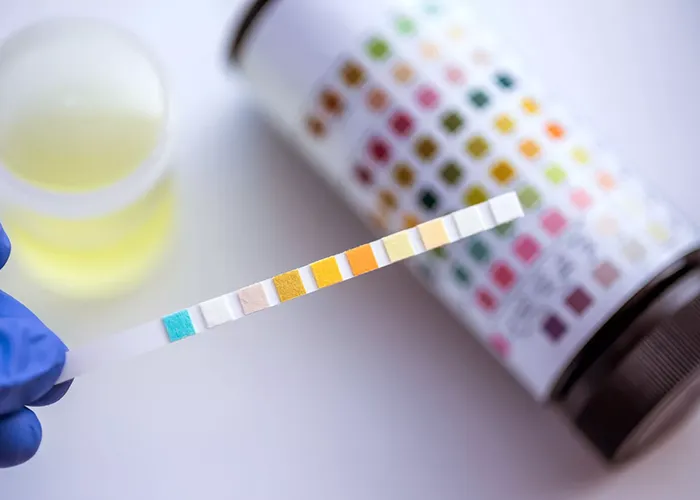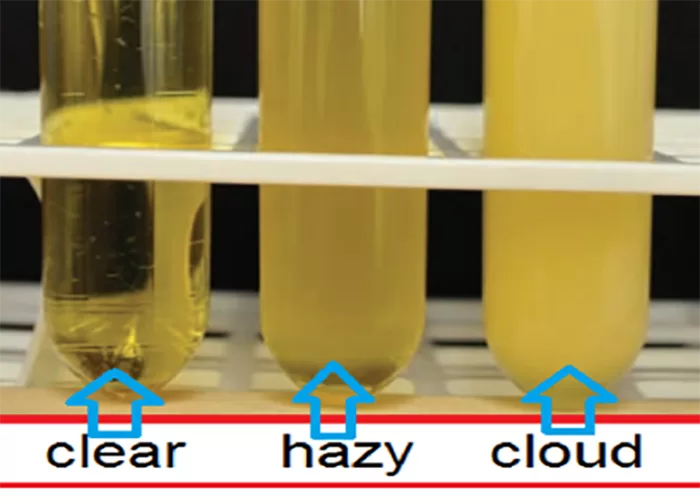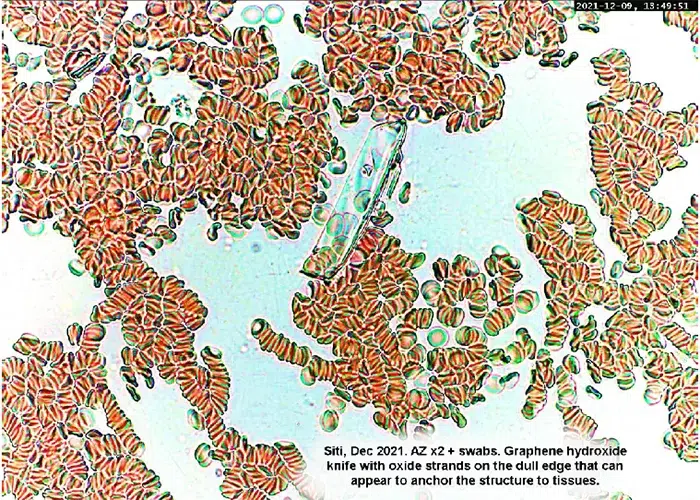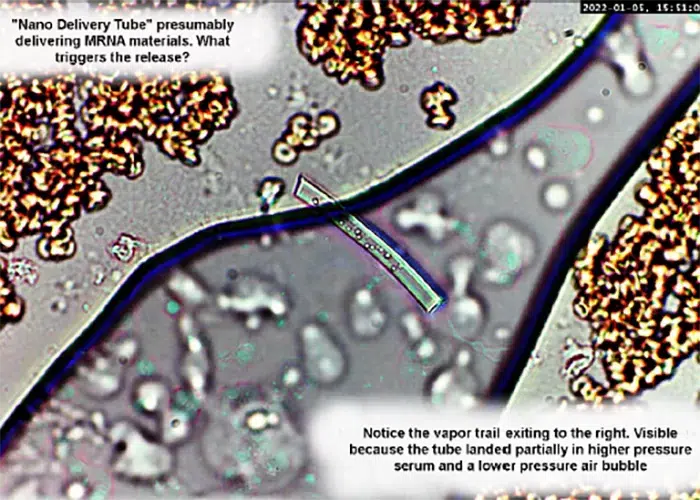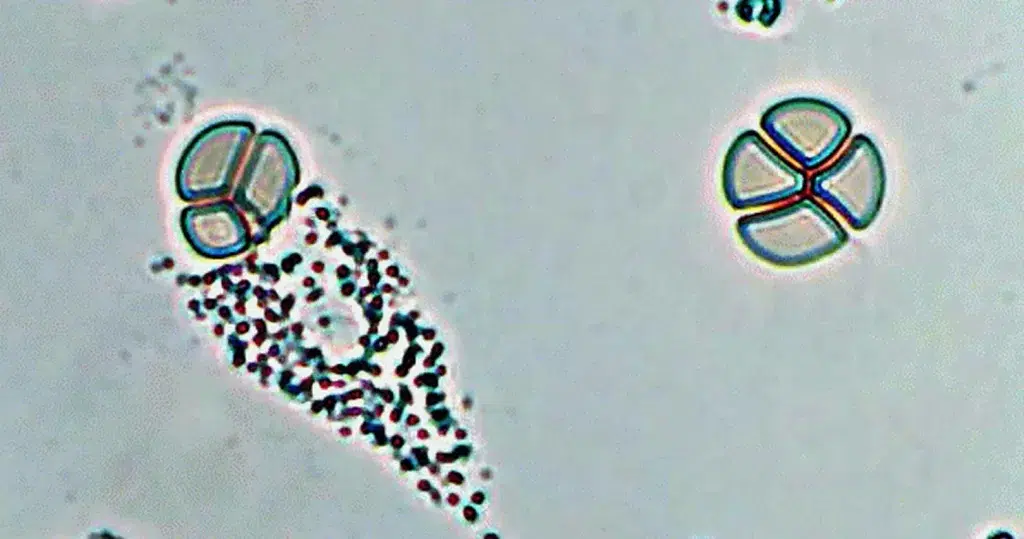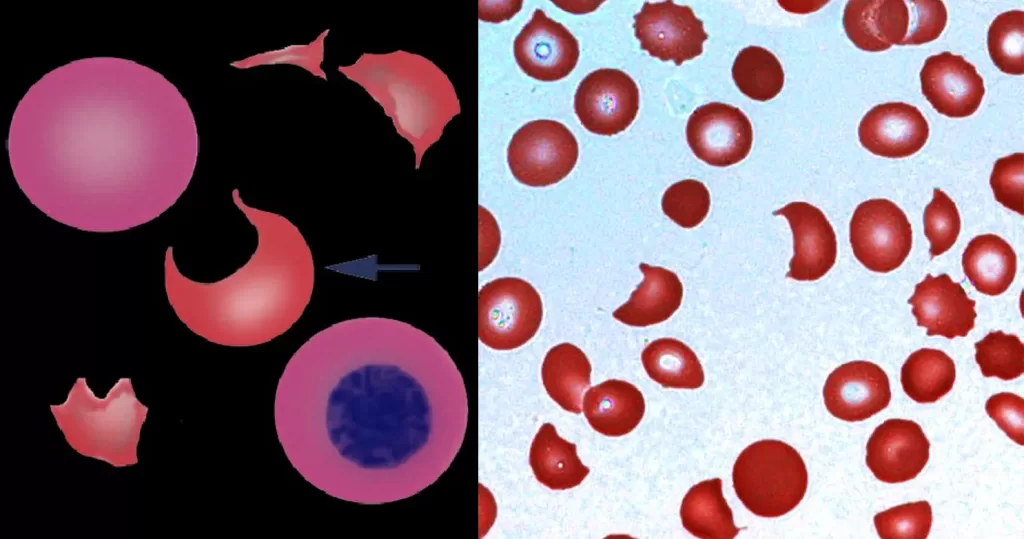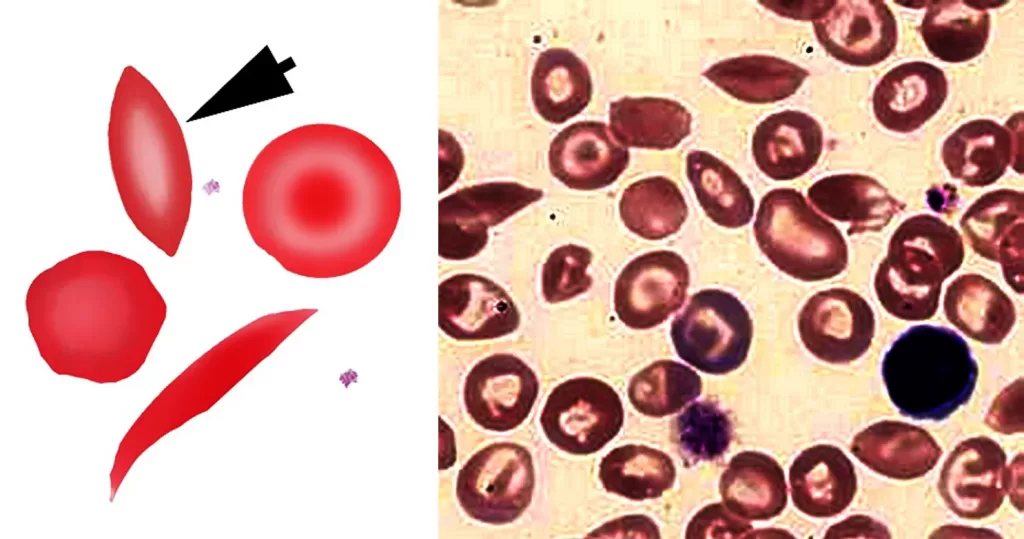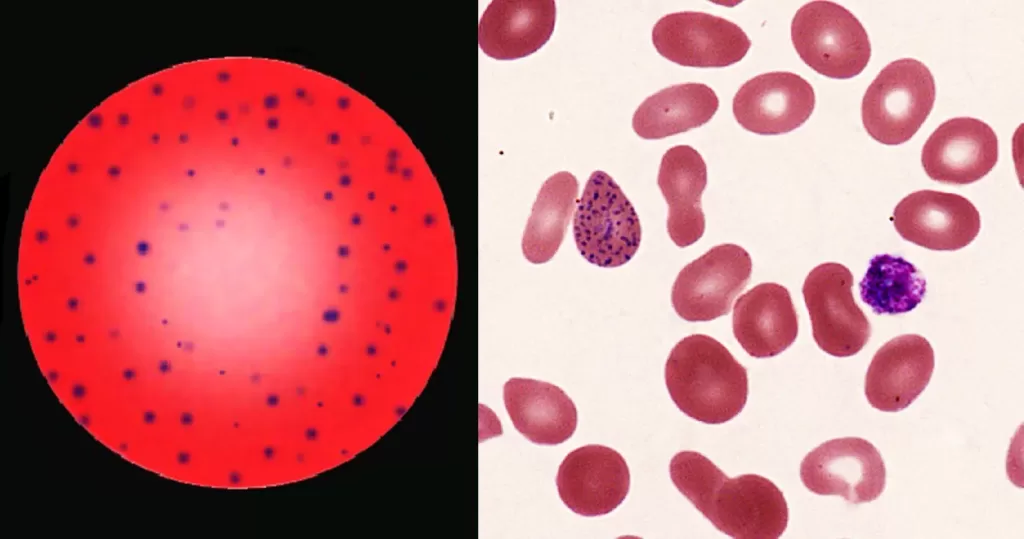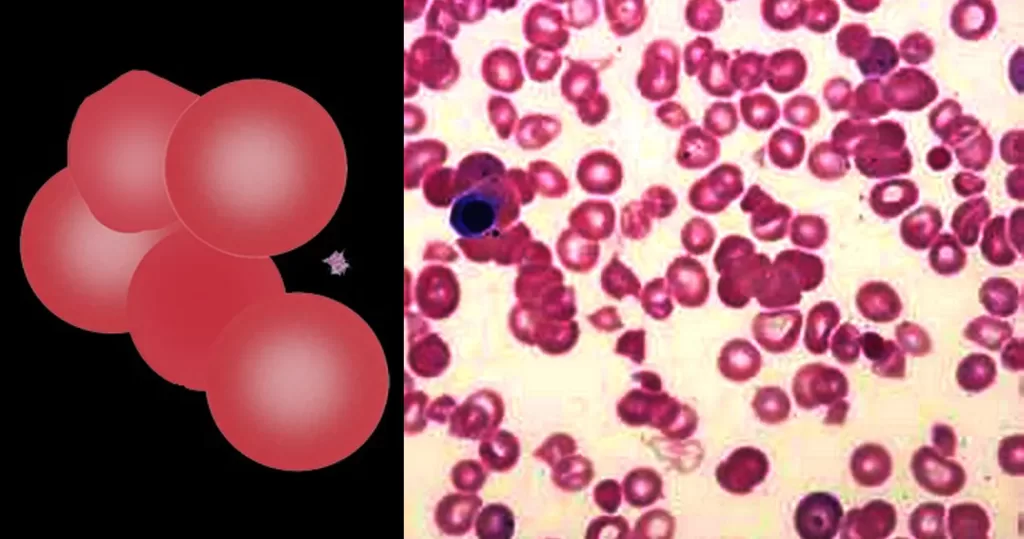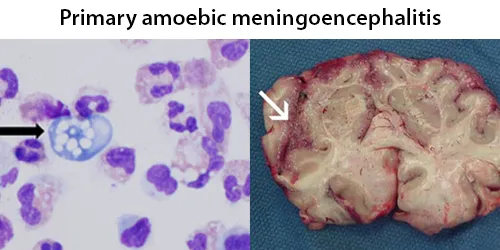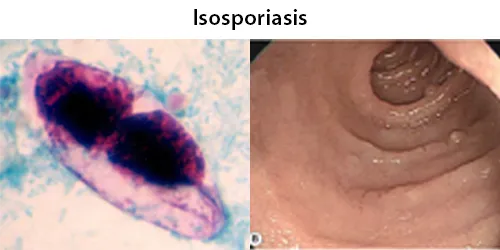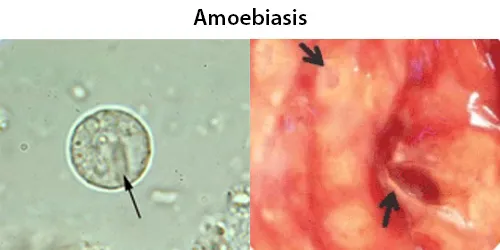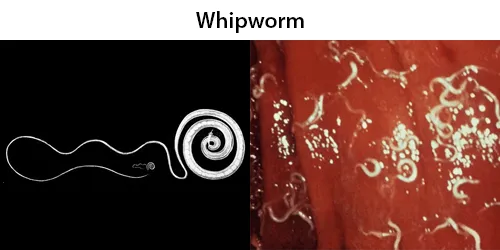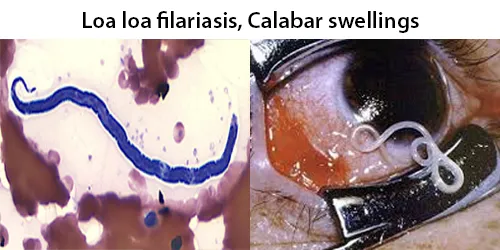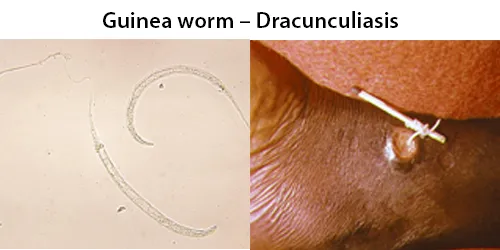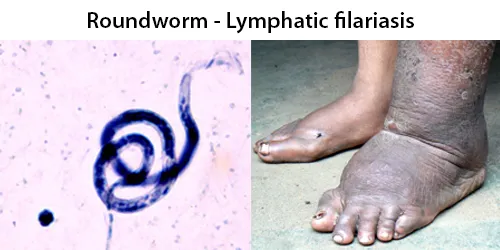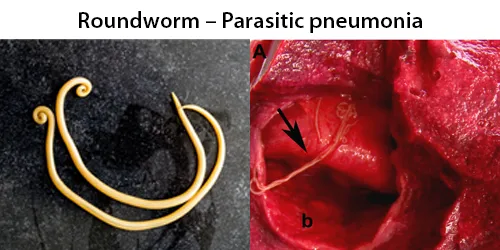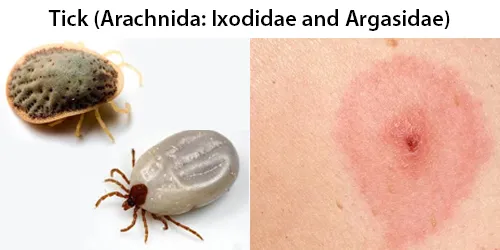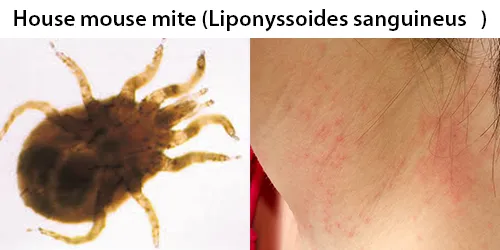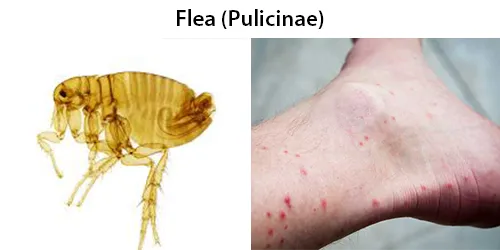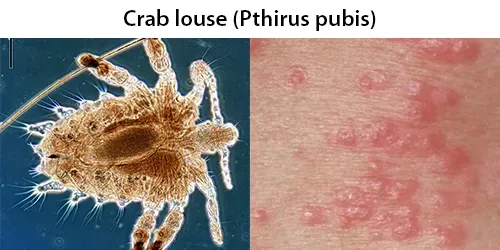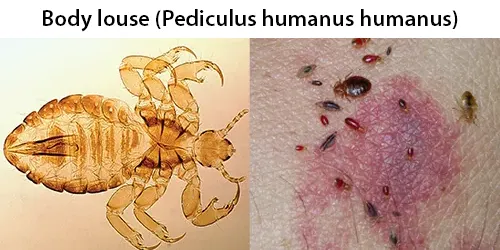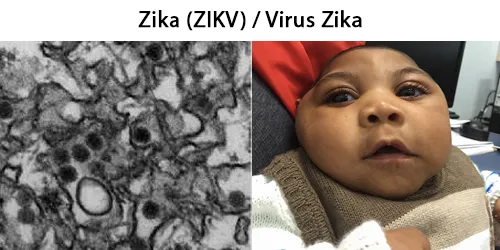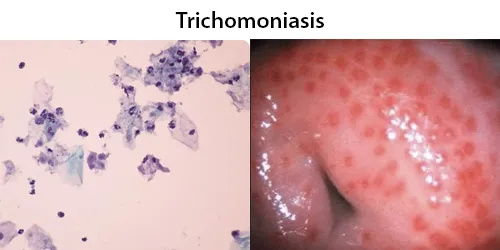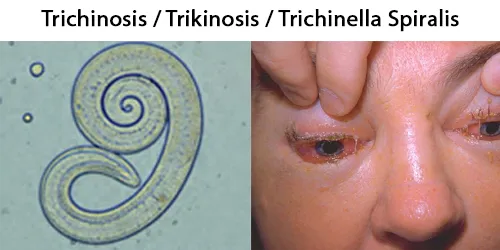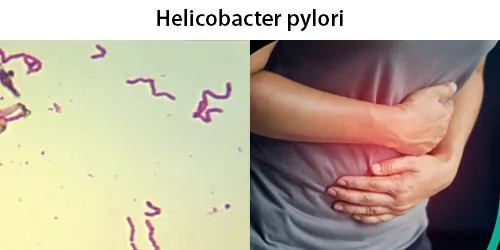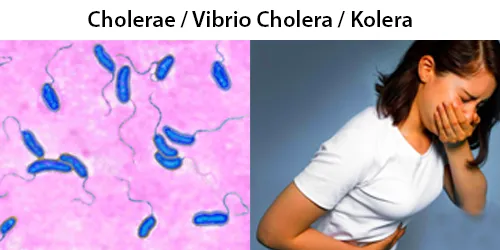Eosinophil Cells
https://en.wikipedia.org/wiki/Eosinophil#Treatment
https://en.wikipedia.org/wiki/Eosinopenia
Normally transparent, it is this affinity that causes them to appear brick-red after staining. Eosinophils are responsible for combating multicellular parasites and certain infections in vertebrates. Along with mast cells and basophils, they also control mechanisms associated with allergy and asthma.
Eosinophilia (high count) is typically seen in people with a newer-term parasitic infestation of the intestines (as can a low count with long-term parasites); autoimmune and collagen vascular disease (such as rheumatoid arthritis) and Systemic lupus erythematosus; malignant diseases such as eosinophilic leukemia, clonal hypereosinophilia, and Hodgkin lymphoma; lymphocyte-variant hypereosinophilia; extensive skin diseases (such as exfoliative dermatitis); Addison’s disease and other causes of low corticosteroid production (corticosteroids suppress blood eosinophil levels); reflux esophagitis (in which eosinophils will be found in the squamous epithelium of the esophagus) and eosinophilic esophagitis; and with the use of certain drugs such as penicillin. But, perhaps the most common cause for eosinophilia is an allergic condition such as asthma.

Eosinopenia (low count) is associated with long-term intestinal parasites (that have depleted eosinophils in the body), several disease states and conditions, including inflammation and sepsis, endogenous catecholamines, and use of glucocorticoids. There are also medications that deliberately target eosinophils in order to treat eosinophil-mediated diseases, causing drug-induced eosinopenia.
(A) a normal eosinophil.
(B) a band eosinophil from a patient with FIP1L1-PDGFRA;
(C) an eosinophil with an oval nucleus from a patient with Acute myelogenous leukemia (AML);
(D) an eosinophil with a hyperlobated nucleus from a patient with FIP1L1-PDGFRA;
(E) an eosinophil with a ring nucleus from a patient with AML;
(F) a binucleated eosinophil from a patient with primary myelofibrosis, postsplenectomy;
(G) a moderately hypogranular eosinophil from a patient with polycythaemia vera;
(H) a markedly hypogranular eosinophil from a patient with primary myelofibrosis;
(I) a moderately vacuolated eosinophil from a patient with FIP1L1-PDGFRA;
(J) a markedly vacuolated eosinophil from a patient with primary myelofibrosis;
(K) an eosinophil with basophilic granules from a patient with AML and inv.
FIP1L1-PDGFRA = positive myeloid neoplasm with eosinophilia. eosinophilia.
https://pubmed.ncbi.nlm.nih.gov/32720700/
https://www.nature.com/articles/s41375-023-01958-1























